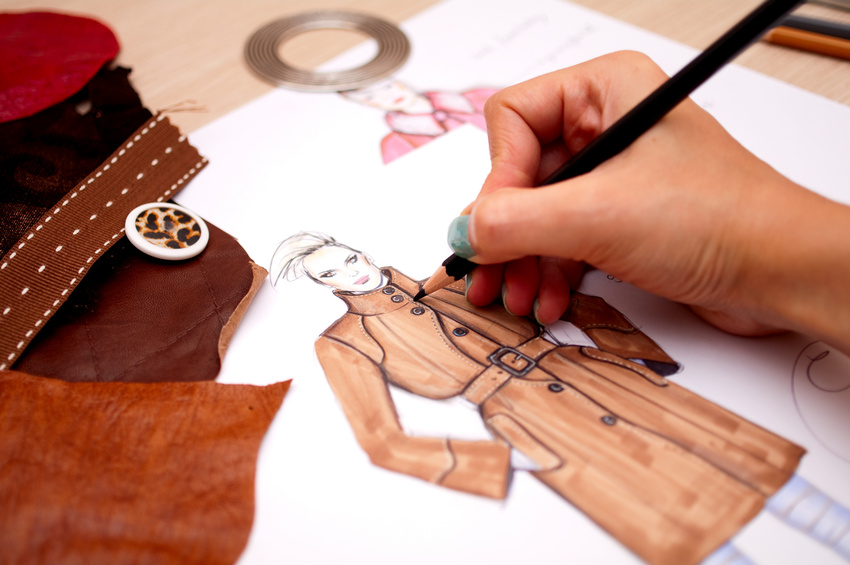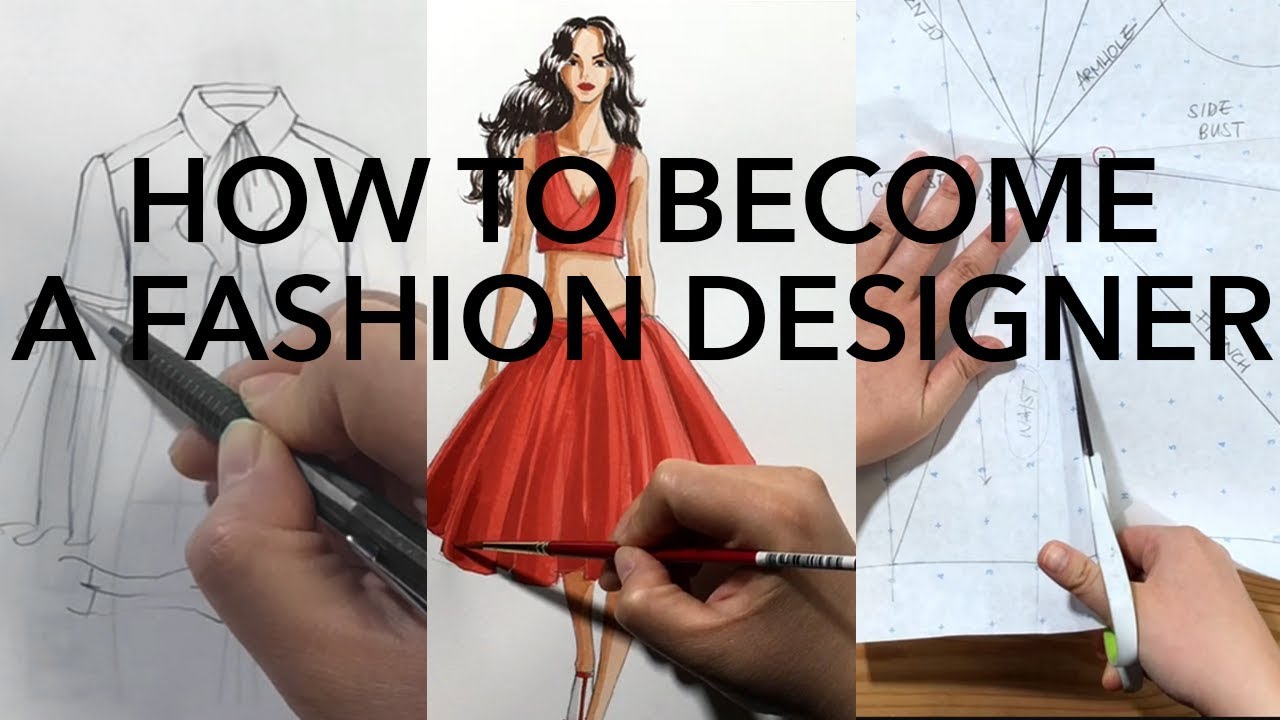“`html
Essential Guide to Becoming a Fashion Designer in 2025
Becoming a fashion designer is an exciting journey that combines creativity, technical skill, and a passion for aesthetics. As we look toward 2025, aspiring designers must understand the evolving landscape of the fashion industry. This comprehensive guide outlines the essential steps to succeed in the field of fashion design, covering the importance of formal education, the development of a strong fashion portfolio, and the role of industry networking.

Understanding Fashion Design
The world of fashion design is rich with possibilities and diverse opportunities. At its core, fashion design involves the creative process of conceptualizing garments and accessories. It is important for aspiring designers to develop an understanding of the fashion design process, which includes every step from initial inspiration to final product. This journey requires a blend of technical skills and artistic vision.
Basics of Fashion Design
Before diving into specific disciplines like garment construction or fashion illustration, it is crucial for budding designers to grasp the principles of fashion design. These principles encompass the elements of design, including color theory, fabric selection, and understanding different design aesthetics. A solid grasp of these concepts can significantly enhance the creative process and help in developing well-rounded, innovative designs.
The Creative Process in Fashion Design
The creative process involves ideation, drafting, and refining one’s designs. Initial ideas may stem from personal experiences, cultural influences, or current fashion trends. Throughout this process, designers must utilize tools like fashion sketching to visualize their concepts. It’s essential to maintain a constant flow of inspiration, whether through fashion shows, industry events, or design workshops.
Developing Technical Skills
Technical proficiency is just as important as creativity in the fashion design field. Understanding basic sewing techniques, pattern making, and textile knowledge allows designers to bring their visions to life. Additionally, familiarity with design software can streamline the process, enabling designers to create digital fashion portfolios that showcase their completed works effectively.
Education and Training in Fashion Design
Formal education plays a vital role in becoming a successful fashion designer. Industries are increasingly looking for professionals with a well-rounded understanding of fashion through structured learning.Fashion design schools offer programs that blend theoretical knowledge with practical application.
The Right Fashion Design Courses
When considering your education, exploring the finest fashion design courses is paramount. Many schools provide specialized programs focusing on various aspects of fashion, from fashion marketing to sustainable fashion practices. Students often engage in projects that align with real-world scenarios, thereby enhancing their readiness for upcoming challenges in the fashion industry.
Building a Strong Fashion Portfolio
A **fashion portfolio** is instrumental in securing internships and job placements. It serves as a visual representation of a designer’s skills, creativity, and progression. Students should continually update their portfolios with diverse projects that highlight their capabilities in fashion illustration, garment construction, and use of various materials. Engaging in fashion design competitions can also offer a chance to develop and showcase a portfolio to industry professionals.
Value of Fashion Internships
Gaining practical experience through fashion internships is highly beneficial. Internships provide insights into daily operations and allow for professional networking. They also enable emerging designers to work directly under experienced professionals and learn about fashion branding, marketing strategies, and the intricacies of the fashion supply chain.
Networking and Career Advancement in Fashion
Networking is an integral part of building a successful career in fashion. Being actively involved in the fashion community can open doors to opportunities and collaborations that might not be accessible otherwise.
Building Industry Connections
Engaging in **professional networking** is vital. Designers should attend events, exhibitions, and fashion shows to connect with established professionals and peers. These interactions can lead to mentorship opportunities, partnerships, and insights about the industry that fresh graduates would typically miss.
Staying Informed About Industry Trends
Understanding current fashion trends is key to developing a relevant line of designs. This involves routinely engaging with fashion blogs, magazines, and social media, which provide updates on consumer behavior and evolving styles. A proactive approach towards trend forecasting provides designers an edge in anticipating what consumers will seek next.
Participating in Fashion Events
Events such as trade shows and fashion weeks provide opportunities to present work, gather consumer feedback, and establish brand identity. Participating in these events not only enriches the designer’s skills but also places them within the broader context of industry innovations and practices.
Final Thoughts on Becoming a Fashion Designer
Becoming a fashion designer requires dedication, creativity, and continuous learning. By following these outlined steps and leveraging education and internships, aspiring designers can position themselves for success in the competitive world of fashion. Always embrace new challenges that foster growth and inspire amazing creations that resonate with future audiences.
Key Takeaways
- Develop a strong understanding of the fundamentals of fashion design.
- Invest in education through fashion design schools or online courses.
- Build an impressive fashion portfolio that reflects your unique style.
- Engage in internships and networking to enhance career opportunities.
- Stay updated on fashion trends and industry insights to remain relevant.
FAQ
1. What essential skills should I have to become a fashion designer?
The key fashion designer skills necessary include creativity, drawing, trend analysis, and strong communication abilities. Understanding sewing techniques, pattern making, and textile knowledge is equally important.
2. How important is a fashion portfolio?
A fashionable portfolio is critical as it showcases your style, skills, and project variety to potential employers and clients. It serves as your visual resume in the competitive fashion job market.
3. What role do internships play in the fashion industry?
Fashion internships are vital for gaining practical experience, enhancing your resume, and expanding your professional network. They often lead to job opportunities and provide insights into industry workings.
4. How can fashion design schools prepare me for a career?
Fashion design schools offer structured education with exposure to the theoretical and practical aspects of fashion. Programs are designed to provide developers with the skills needed for career opportunities in fashion.
5. How do I stay updated on fashion trends?
Staying informed about fashion trends can be managed by following industry blogs, participating in forums, and engaging in social media communities related to fashion. Regularly attending fashion events also enhances trend awareness.
“`
